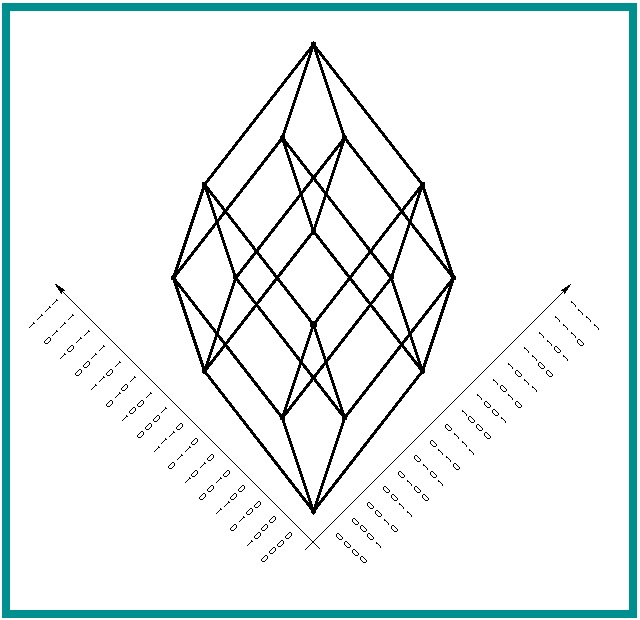Combinatorics
BMS basic Course -- Diskrete Strukturen I
Summer Term 2015
Sommersemester 2015
Prof. Stefan Felsner
Sprechstunde n.V.
LV-Nr.: 3236 L 149
Mo 8-10, MA 144
Mo 12-14, MA 144

Combinatorics BMS basic Course -- Diskrete Strukturen I Summer Term 2015 Sommersemester 2015 Prof. Stefan Felsner Sprechstunde n.V. LV-Nr.: 3236 L 149 Mo 8-10, MA 144 Mo 12-14, MA 144 |

|